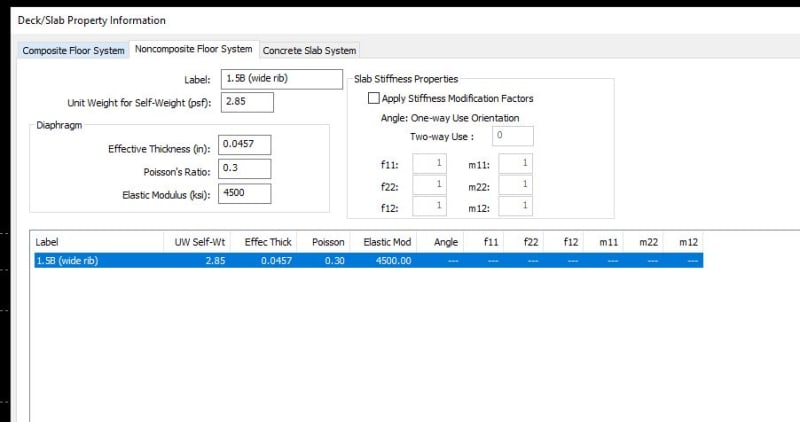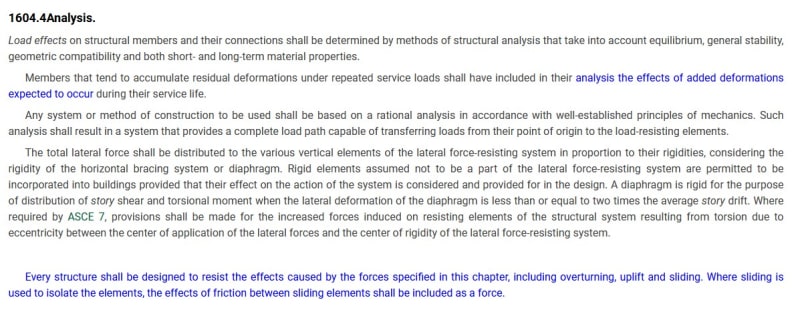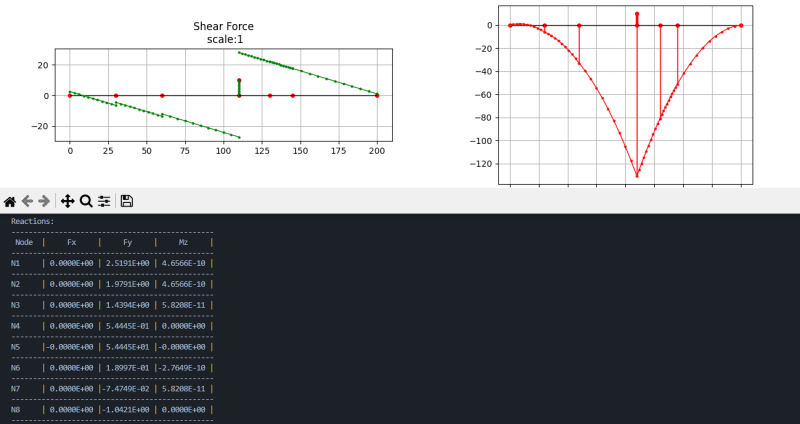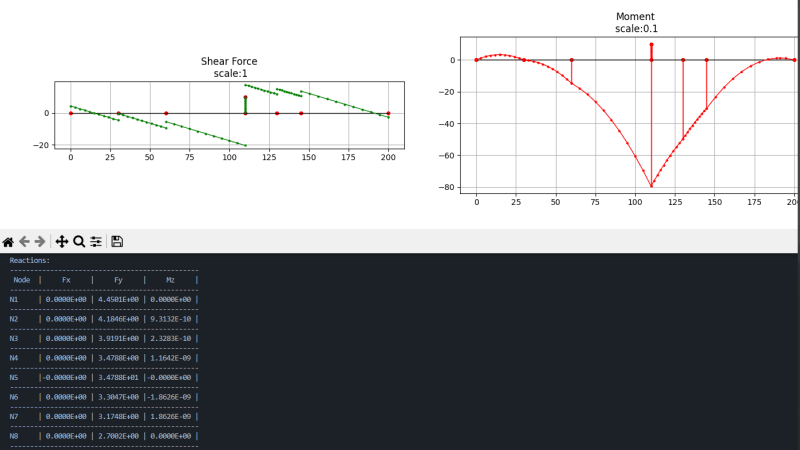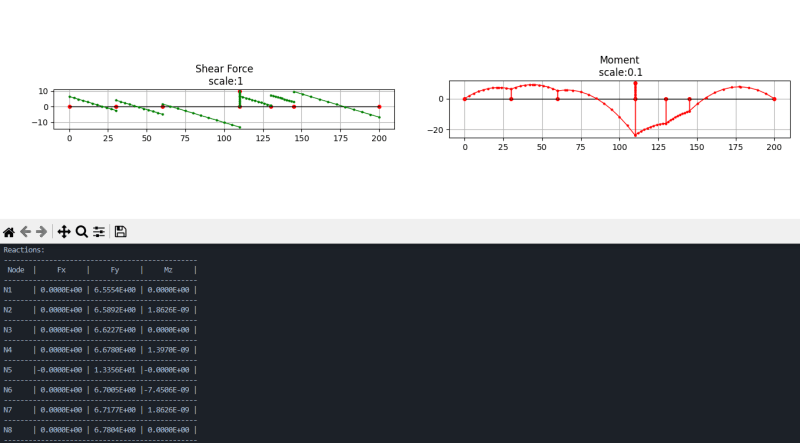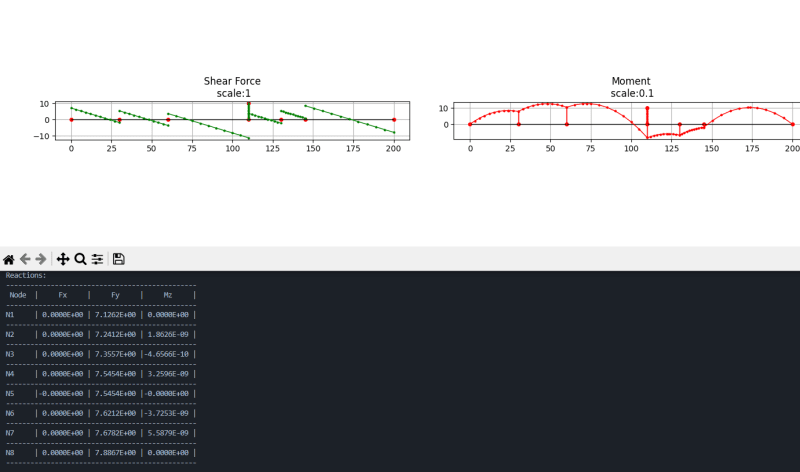Samwise Gamgee
Structural
I'd like to get some input on the diaphragm behavior with moment and braced frames in the same direction. The main building (300x60) has 7 moment frames and is about 29' feet tall. There is a tower roof area(20x20) which is 40' tall and uses Braced frames. As the tower roof area is tall, moment frames were not feasible.
ASCE says un-topped metal deck is flexible if lateral system is braced frames (the alternative being, with moment frames, we can't consider it to be flexible).
As I have combined lateral systems in the same direction and an un-topped deck, is it safe to consider the diaphragm to behave as flexible ? If I consider it to be semi-rigid all of the load is dragged into the braced frames. My intuition is that due to the combined systems, the diaphragm will behavior somewhere between a flexible and a semi rigid. I talked to a few engineers and they mentioned that its safe to consider it to be a flexible diaphragm

